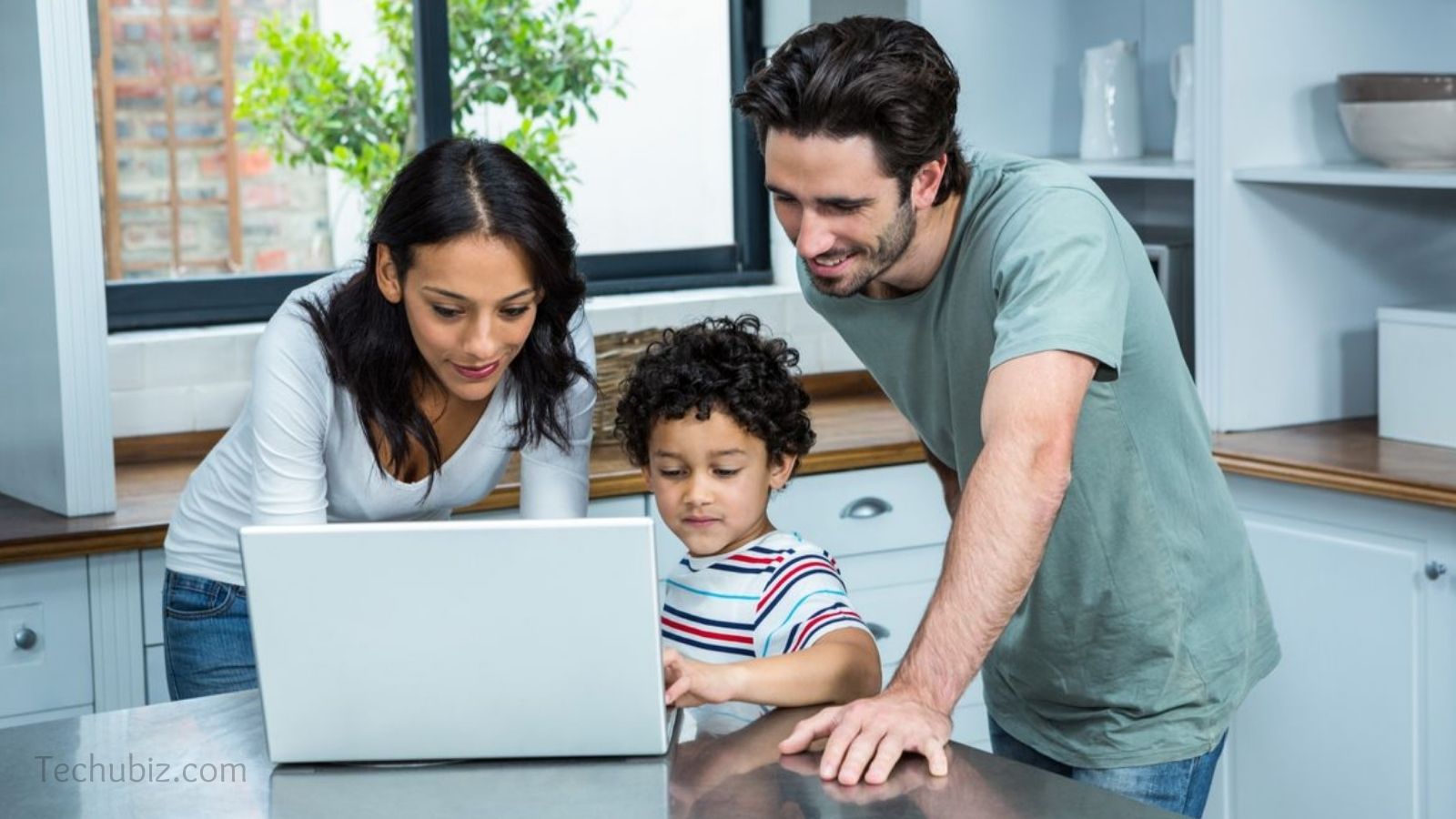Understanding the Basics of Internet Security for Parents

As a parent, a key part of your life is protecting your children. You’ll need to do that online as well as in daily life. How you do that is important. Here are some basic tips to help you to manage internet safety as a parent.
Contents
Make Browsing Safe
A good place to start is with some built-in security on your browser. Many of the browsers available today give you various security and privacy settings you can put into place. Look under the “Tools” section of your browser’s setting area. When you use these, you’ll be able to minimize risks for some of the most worrisome of things.
In addition to this, you may want to look a bit deeper into the security solutions available from search engines like Google. Google SafeSearch, for example, can give you some outstanding support. You’ll find it under “Preferences” on the main page of the site. You can restrict access to explicit sites this way as well as content prevent your family’s content to be found online. Young web surfers are important to protect in this way.
Password Protection
Another key area to look for when working to protect your child is with passwords. Consider these tips:
- Make sure you’re not creating very easy passwords. You don’t want to use names, dates, or words that are associated with the child.
- Use a single master password that is easy for you to remember and then customize each of the passwords at the various websites you visit. You can use a combination of letters and numbers that you can remember and then add the first and last letter of the website to each string. This way, you have the standard password that’s easy to remember – but still a combination that’s hard for a hacker to get, and it’s customized for each site.
- You may wish to choose a password management tool to help you. These tools can help you to manage the various passwords you have at numerous websites, but they do not let others access that. These tools are effective especially in situations where you want to have very difficult passwords.
Parents should also always have access to their child’s passwords for all sites they use.
Keep Your Network Protected
The next step in protecting your child is to protect your wireless network. You’ll want to ensure no one can access your internet connection. If you have WiFi in your home, you’ll want to do whatever it takes to make sure that connection is secure. You’ll want to keep these tips in mind:
- Change your router password often; Don’t make it something that is easy to see.
- Restrict the access to your network so that no one else can get into it.
- Use antivirus software to keep your network protected from incoming risks.
- Disconnect your router and take it into your bedroom at night – to prevent the kids from being online.
Your router is like a window into your home. With the right connections and security in place, though, you can reduce the risks that anyone will access your network and you can be sure you can still monitor your child’s activity online.
Parental Control Software Solutions
Parents remain in control when it comes to the internet, but you may need some help with that process. With parental control settings, you can choose where your child visits online. You can also make sure they do not view material that isn’t appropriate to them. This type of application is available on most types of devices today as well as on most software programs.
You may be able to create a “white list” of approved sites for someone that is young and just learning. As they get older, you may want to protect your child with a list of banded websites that they are not allowed to visit. Here are some additional tips:
- You can allow older kids more access and flexibility. You may want to restrict some access but not all.
- Keep in mind that internet connections don’t just happen at home. They may still access the web at the library or other locations.
- Talk to your child about your beliefs, values, and morals.
Focus on the Big Sites
Another important step for parents to take is to learn about what’s really happening. With websites like Facebook and YouTube out there, you need to be very familiar with what these sites are, how they work, and how kids can access them. These social networking sites provide various ways to share – including information, photos, and now video. You’ll want to find ways to encourage your child to engage in these sites while also teaching your child how to be safe when they do so.
Of course, there are many educational resources and websites online for your kids. Sites like Starfall.com and funbrain.com are great tools. And, many other sites, like Club penguin, offer fantastic educational resources. But, even on these big sites, you’ll need to remain in close proximity and you’ll want to take any step you can to ensure that your child is only using these sites and connecting in the way that remans safe for them to do so.
Talk to your kids. Talk to teens as well as youngsters about the internet. Teach them how to use it and have fun with it but also how to remain safe when using it.



 Windows 11
Windows 11 Windows 10
Windows 10 Windows 8
Windows 8 Windows 7
Windows 7 Windows XP
Windows XP
 Microsoft 365
Microsoft 365 Office 2019
Office 2019 Office 2013
Office 2013 Office 2010
Office 2010 Project 2021
Project 2021 Project 2019
Project 2019 Project 2016
Project 2016 Visio 2021
Visio 2021 Visio 2019
Visio 2019 Visio 2016
Visio 2016
 Server 2008
Server 2008 SQL Server
SQL Server
 Avast
Avast Utility & Tools
Utility & Tools PDF Editor
PDF Editor CAD & 3D, 2D
CAD & 3D, 2D Graphics/Drawing
Graphics/Drawing Microsoft 365
Microsoft 365 Office 2021
Office 2021 Office 2019
Office 2019 Office 2013
Office 2013 Office 2010
Office 2010 Server
Server
